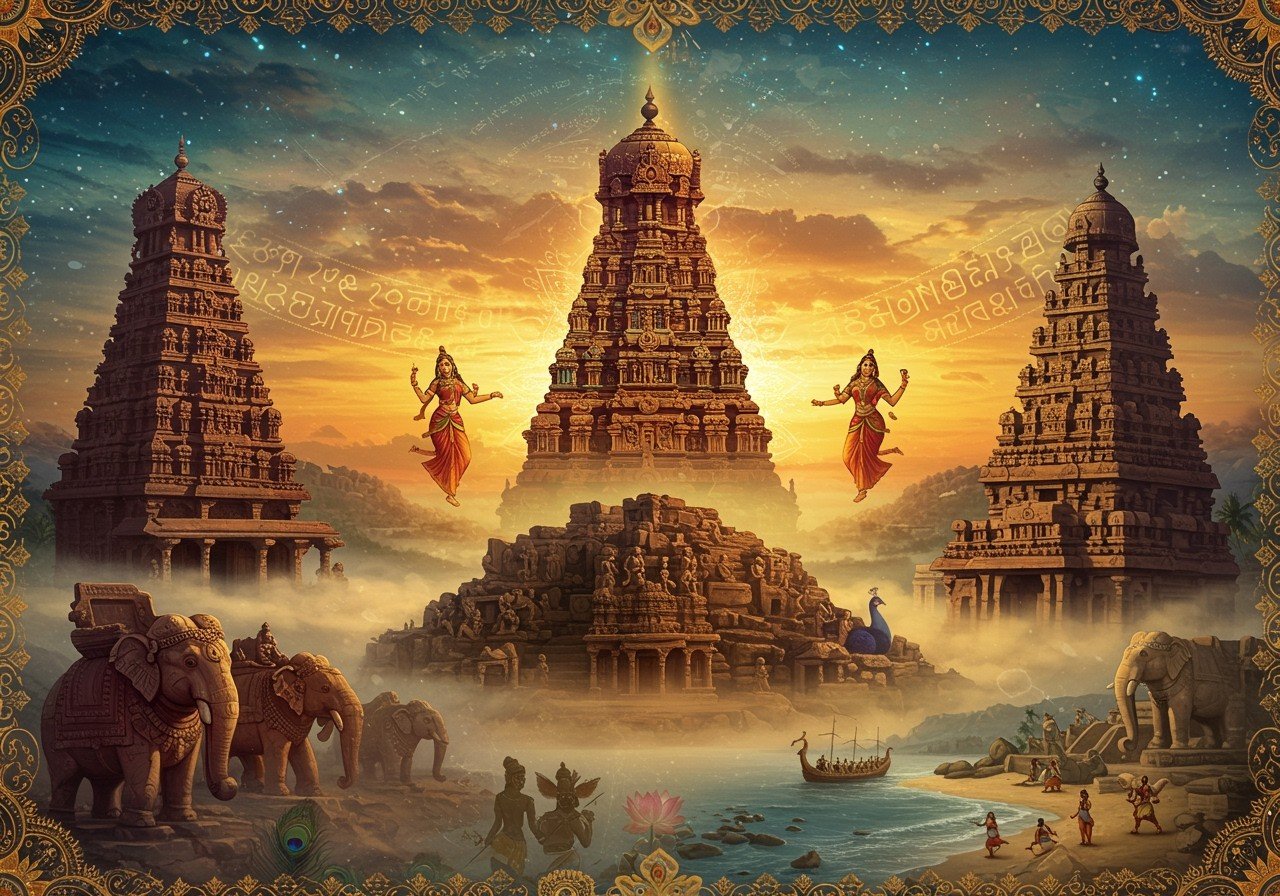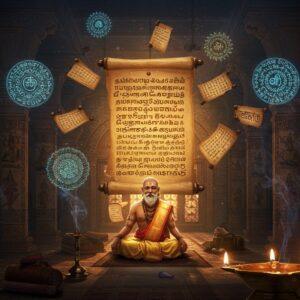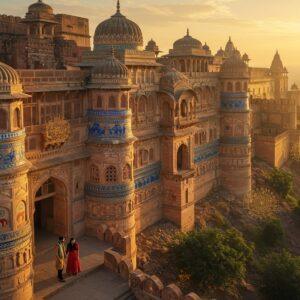
South Indian history is a vibrant tapestry woven with the threads of numerous dynasties. These powerful kingdoms left an enduring legacy, shaping the region’s culture, art, architecture, and political landscape. This exploration delves into the chronology of these dynasties, highlighting their significant contributions and lasting impact.
The Sangam Age (circa 300 BCE – 300 CE)
The Sangam Age represents the earliest documented period of South Indian history. This era witnessed the rise of three prominent dynasties: the Cheras, Cholas, and Pandyas. The Sangam literature, a collection of ancient Tamil poems and texts, offers invaluable insights into their socio-political structures and cultural practices.
- Chera Dynasty: Dominating the region corresponding to present-day Kerala and parts of Tamil Nadu, the Cheras flourished from ancient times until the 12th century CE. Renowned for their maritime prowess and extensive trade networks, they connected South India with the Roman Empire and other parts of the world. This trade brought wealth and cultural exchange to the region. They also played a crucial role in fostering early Tamil literature and culture.
- Chola Dynasty: Emerging as a powerful force in the 9th century CE, the Cholas initially held sway over Tamil Nadu and parts of Kerala, Andhra Pradesh, and Karnataka. Their influence extended far beyond the Indian subcontinent, reaching Southeast Asia through naval expeditions. The Cholas established a sophisticated administrative system and left behind architectural marvels such as the Brihadeeswarar Temple in Thanjavur. They were known for their military strength and administrative efficiency, which led to a period of prosperity and cultural growth.
- Pandya Dynasty: Ruling over parts of Tamil Nadu, the Pandyas were known for their patronage of Tamil literature and contributions to the region’s cultural heritage. Their history stretches back to the Sangam period, and they played a significant role in shaping the region’s identity.
Sangam literary works like Silappatikaram and Manimekalai provide glimpses into the lives, customs, and beliefs of people during this era, reflecting the rich tapestry of life under these dynasties.
The Pallava Dynasty (circa 3rd century CE – 9th century CE)
The Pallavas, with their capital at Kanchipuram, left an indelible mark on South Indian art and architecture. Their reign witnessed a transition from rock-cut temples to structurally built ones, showcasing their architectural innovation. Notable rulers like Mahendravarman I and Narasimhavarman II were great patrons of the arts, fostering a period of artistic flourishing.
- Architectural Innovations: The Pallavas pioneered the Dravidian style of temple architecture, which is characterized by intricate carvings and towering gopurams. The Shore Temple at Mahabalipuram stands as a testament to their architectural ingenuity, showcasing the transition from rock-cut to structural temples.
- Cultural Exchange: The Pallavas actively engaged in cultural exchange with Southeast Asia, influencing the art and architecture of the region. Their interactions facilitated the spread of Hinduism and Buddhism, as well as various artistic and architectural styles.
The Chola Empire (circa 9th century CE – 13th century CE)
The Cholas, under rulers like Rajaraja Chola I and Rajendra Chola I, expanded their empire significantly, becoming a major maritime power. Their naval expeditions reached Southeast Asia, establishing their influence in the region. The Cholas are also renowned for their sophisticated administrative system, including a well-organized bureaucracy and local self-governance.
- Architectural Marvels: The Brihadeeswarar Temple in Thanjavur exemplifies the Chola’s architectural prowess. This magnificent temple, a UNESCO World Heritage Site, stands as a symbol of their power and artistic achievements.
- Patronage of Arts and Literature: The Chola period witnessed a flourishing of Tamil literature, with works like Kamba Ramayanam enriching the cultural landscape.
The Vijayanagara Empire (circa 1336 CE – 1646 CE)
Founded by Harihara I and Bukka Raya I, the Vijayanagara Empire rose to prominence as a bulwark against invasions. With its capital at Hampi, the empire became a center of art, architecture, and culture. Krishnadevaraya’s reign marked a golden age for the empire.
- Architectural Legacy: Hampi, the capital city, is renowned for its stunning temples and intricate carvings, showcasing the empire’s architectural brilliance. The Virupaksha Temple stands as a testament to their artistic achievements.
- Cultural Flourishing: Vijayanagara rulers were patrons of art, literature, and music, fostering a vibrant cultural atmosphere. Carnatic music flourished under their patronage, enriching South India’s musical heritage.
Poojn.in: Connecting You with South India’s Rich Heritage
Poojn.in, India’s leading online store for cultural goods and services, offers a wide range of products that connect you with the rich traditions of South Indian dynasties. Explore our collection of authentic puja items, handcrafted statues, traditional clothing, and much more. Visit poojn.in today to discover the essence of South Indian culture and heritage.
Here are some specific product offerings related to South Indian traditions:
- Bel Mala (Beads Garland): Used in traditional South Indian pujas and ceremonies.
- Tulsi Mala: A sacred garland worn during prayers and rituals.
- Turmeric Cream: Used in traditional South Indian beauty rituals and ceremonies.
- Sandal Incense Sticks: Create a sacred atmosphere during prayers and meditation.
Further Exploration
Delve deeper into South Indian history and culture with these insightful articles:
- South Indian Temple Architecture: A Sacred Journey
- Preserving Dravidian Temples: Safeguarding India’s Architectural Heritage
- Dharma: Understanding Righteous Living and Its Principles


